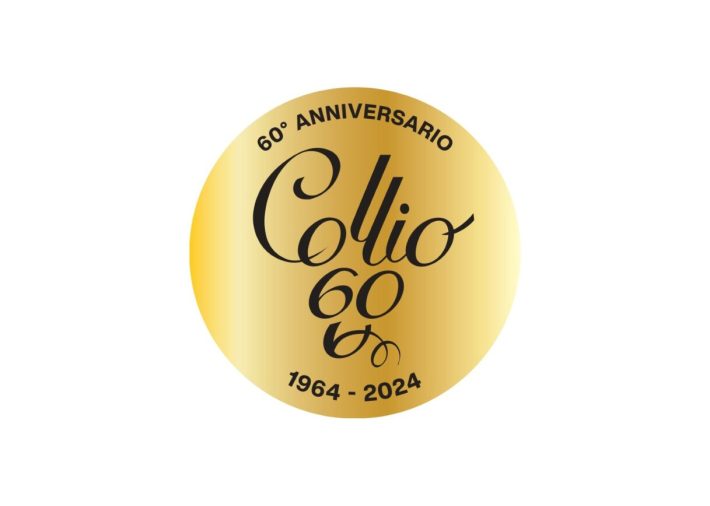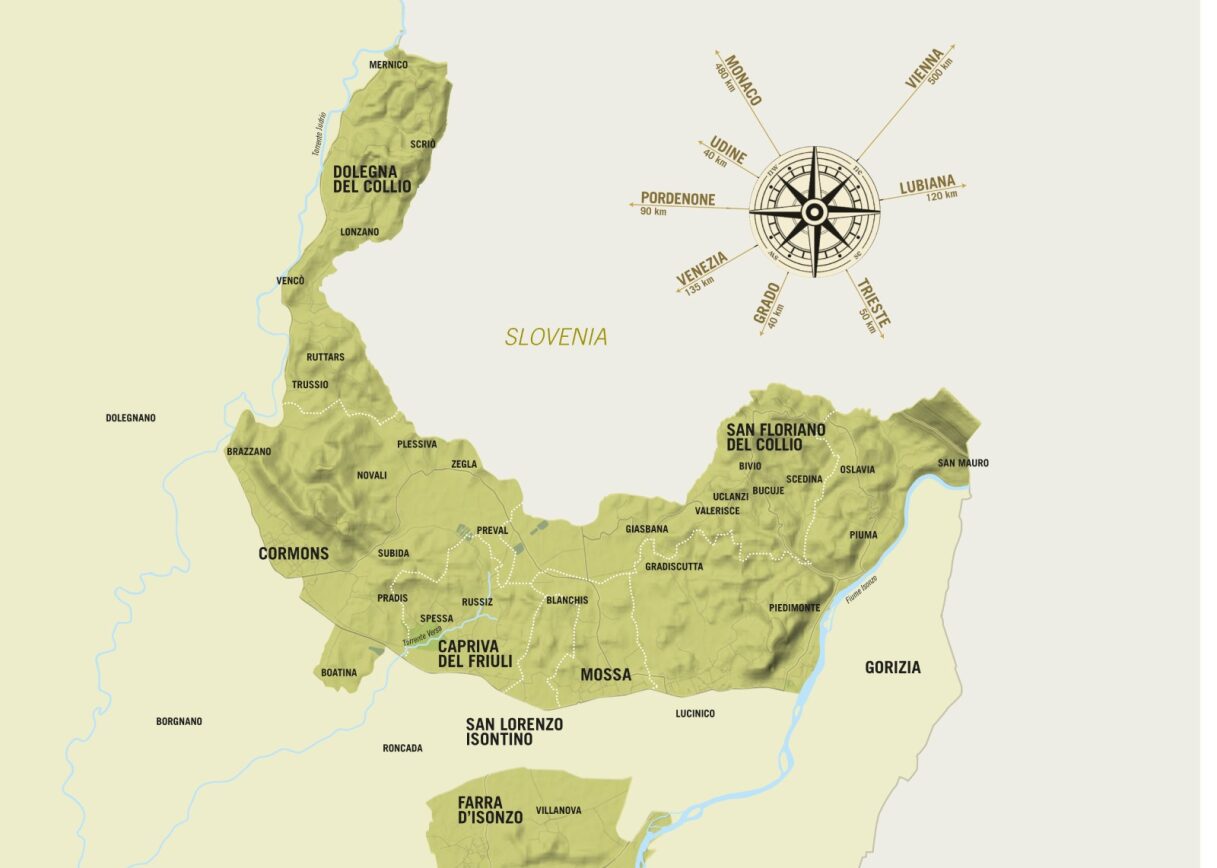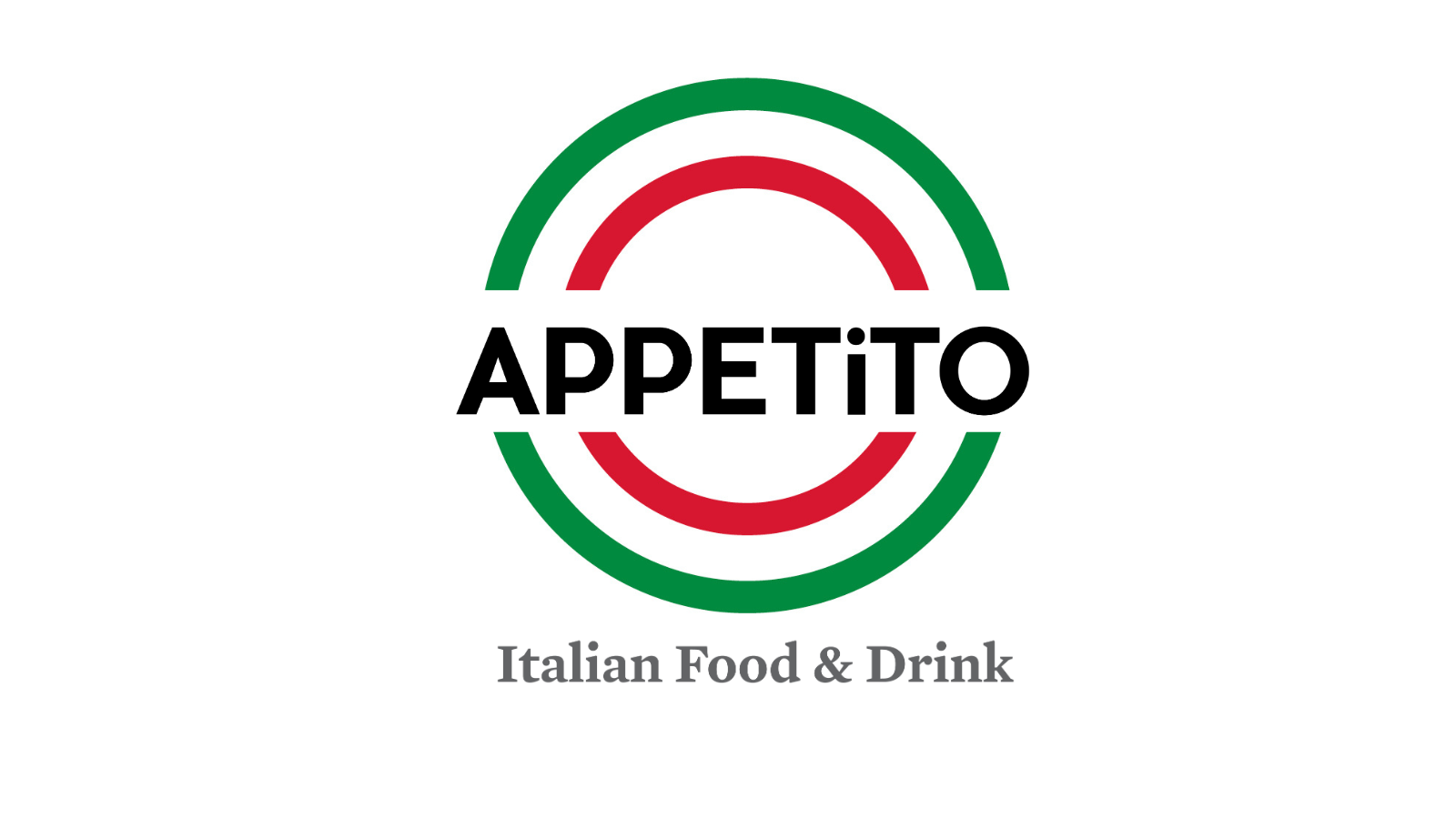In the northeastern part of Italy sits the region of Friuli Venezia Giulia, also called Friuli. Within Friuli is the crescent-shaped wine appellation of Collio on the eastern hills within the Gorizia province. This particular appellation within Friuli produces some of Italy's finest white wines along with Italy’s most fascinating orange wines.
Winemaking has been in existence within Collio since before Roman times. The wines of Collio were much treasured by European royalty and several ruling empires. Collio holds a rich history that has created a region with a dual identity and a mixture of cultural influences. It was the front line to multiple wars, including World War I and World War II. Due to the battles that took place in this territory, many of the vineyards needed to be restored and revived with new grape variety plantings.

Collio is bordered by Slovenia to the east, Austria to the north, the Adriatic Sea to the south, and is situated between the Julian and Carnic Alps which creates a unique microclimate for the grapes to grow. Large temperature swings exist between day and night creating ideal conditions for the grapes. The area is protected by the cold winds of the north and receives good ventilation for the grapes to be kept dry.
The soil that is unique to Friuli and Collio specifically is called ponca. The ponca soil is what provides the Collio wines with a notable salinity and mineral characteristics. This soil originated from the rising seabed that set into the hills. It is similar to flysch, and is a crumbly, stratified, layered marl and sandstone soil rich in minerals and fossils.

The white wines of Collio are clean, flavorful, fresh wines with balance. The primary indigenous grapes of Collio are Friulano, Ribolla Gialla and Picolit, but Pinot Grigio and Sauvignon are also leading grapes. If you walk into any local bar or restaurant and request a house white wine, you’ll most likely receive a glass of Friuliano. You will also find other white grapes to include Pinot Bianco and Malvasia. Although Collio is primarily known for their white wine production, about 13% of their wine production is from red grapes that are worth exploring, especially their Merlot.
The flagship wines of Collio fall under the Collio Bianco DOC appellation. These wines must be produced on the hillsides of Collio to be included in the DOC. The Collio Bianco wines can be made of a single white grape or multiple white grapes from Collio. Aromatic varieties like Traminer and Muller Thurgau can only make up to 15% of the total blend. With such a large discretion of what grapes may be used in producing the Collio Bianco wines, it allows the producers to share their personal expression of the Collio identity and territory.

Collio is not only known for its white wines, but also wines known as orange wines. These wines are whites made as a red with skin contact during the fermentation process. It creates wines that are savory with shades of orange or amber. They originate from Oslavia, that sits right on the border of Slovenia. Josko Gravner is most known for his experimentation and creation of these wines along with other producers including Radikon.
This year marks the 60th anniversary celebration of the Consorzio Tutela Vini Collio. This consortium was one of the first established in Italy in 1964 and has over 270 producers as members that are producing over 7 million bottles from 17 grape varieties. The aim of the Consorzio Collio is to promote and protect the authenticity and identity of the Collio wines.
Collio is made up of small, family-owned wineries that possess a strong passion for their land and the wines they produce combined with their rich history. Lower acreage for each producer allows them to focus on quality with their lower yields so that the Collio terroir and what makes these wines special is well expressed in the glass.
Some noteworthy Collio wineries to seek out include Josko Gravner, Marco Felluga, Livon, Fruscalzo, Primosic, Castello di Spesa, Pascolo, Humar, and Borgo Conventi.







